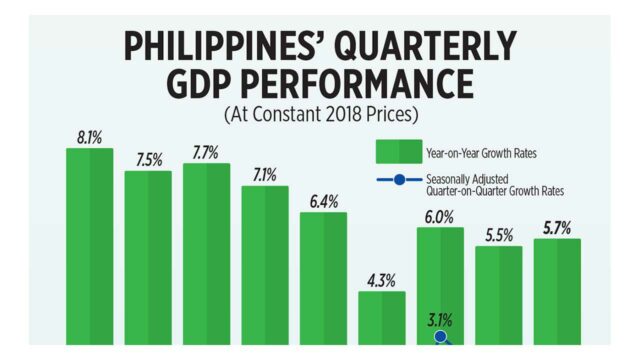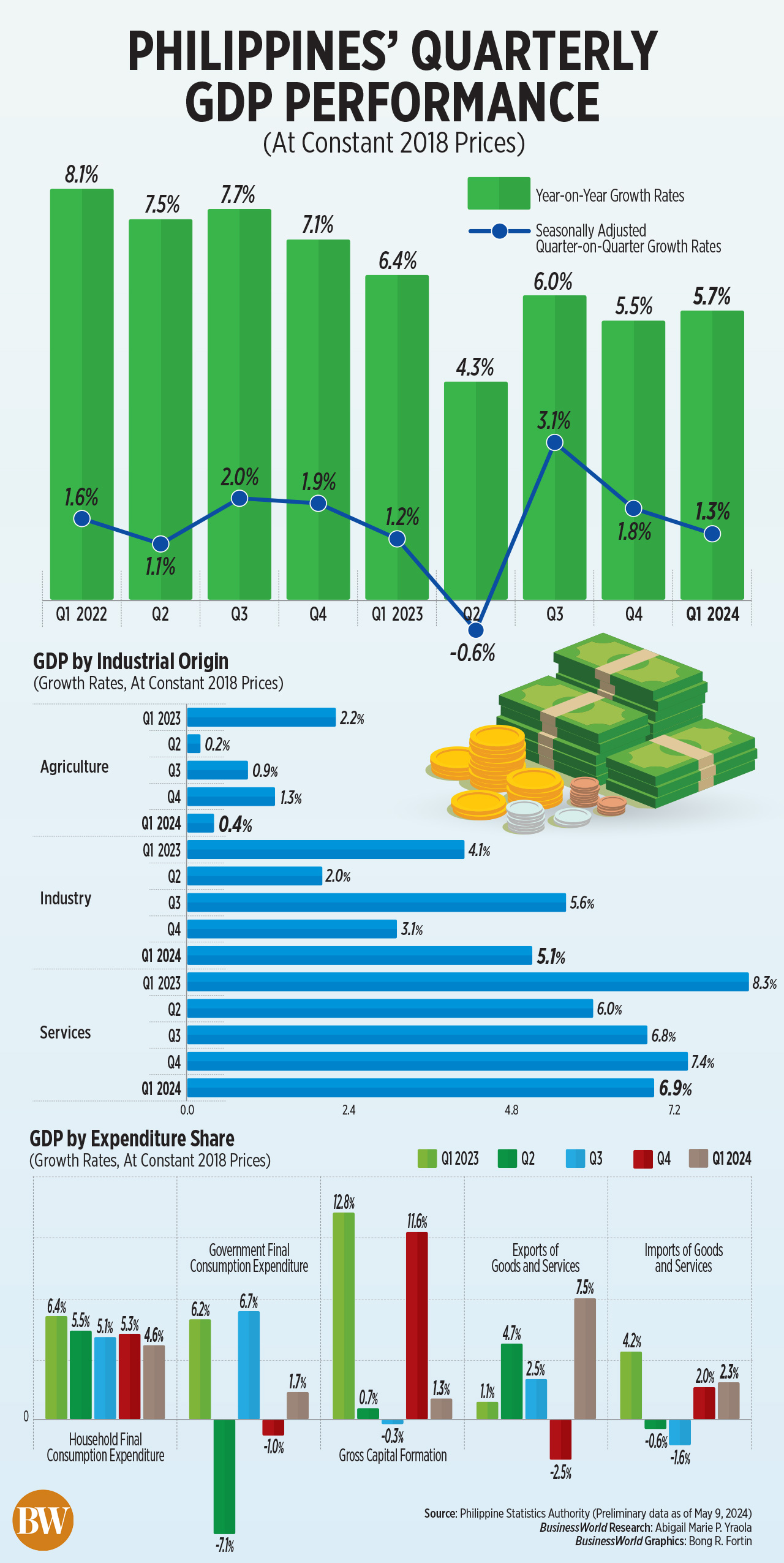Entertainment News (05/10/24)
Alabang Town Center celebrates Mother’s Day
ALABANG Town Center celebrates Mother’s Day at its Activity Center every day, culminating on May 12. There is Mom’s Corner, a cozy curated lounge where families can take photos. There will be a Keepsake Clay Handprint Activity, running from May 10 to 12, to create a clay handprint symbol of love between mother and child. One can join this activity by presenting a single or accumulated receipt totaling P3,000. For a single or accumulated receipt worth P2,000, parent and child can decorate cookies together. Kiko Milano will hold a makeup workshop on May 11 at 3 p.m. — a single receipt worth P1,000 serves as a ticket to the event. Finally, Pound and Yoga sessions will be held on May 11 and 12 at 11 a.m. which is open for those who will present a single receipt worth P1,000.
Robinsons Malls offer Mothers’ Day deals
FROM May 10 to 12, all Robinsons Malls across the country will have booths dedicated to creating special experiences for moms. There, they can get pampered for free, receive Robinsons Movieworld giveaways and discount coupons from merchant partners, and even have photos taken with their loved ones. There will be Mother’s Day exclusives including special sales and promos from different shops in the malls. With Feast for Moms, the entire family can get great deals from Robinsons Malls’ lineup of new restaurants, including Don Don Tei at Robinsons Galleria and Harlan + Holden Coffee at Robinsons Magnolia. Mothers can also be serenaded by local talents and buskers on May 11 and 12 in select Robinsons Malls nationwide. All moms will get free popcorn and a drink on May 12 in Robinsons Movieworld nationwide.
Araneta City holds Mothers’ Day tribute
ARANETA CITY in Cubao will have several activities from May 10 to 12 to mark Mother’s Day. First up, fur moms can go to Gateway Mall 2’s Pet Mundo PH Bazaar at the Quantum Skyview. Gateway Mall 1 and Farmers Plaza will host a Moms for Moms Bazaar, filled with handmade crafts. At Ali Mall, there will be the POP QC: Mother’s Day Market, a collaboration between Araneta City and the Quezon City Small Business and Cooperatives Development and Promotions Office. It features products created by artisans from Quezon City at the Ali Mall Activity Area from May 10 to 12.
Summer Fiesta in Festival Mall, Alabang
THE SUMMER Fiesta 2024 is ongoing until May 8 12 at the Carousel Court of Festival Mall in Alabang. It will have offers from Anantara Vacation Club, Coast Boracay Island, Jpark Island Resort & Waterpark, La Vista Pansol Resort Complex, Shroff Travel, and Vivere Hotel & Resorts, so that guests can plan their vacations with family or friends. Other companies joining the event are Learning is Fun, Modern Glow, and Sensei.
Spartan Philippines in Porac
THE UPCOMING Spartan Philippines: North ASEAN Series 2024 will be held at Montclair Destination Estate in Porac, Pampanga. This sprawling development — Robinsons Land Corp.’s largest at 233 hectares — has green spaces and is situated in terrain suited for the Spartan Philippines event, which happens from May 11 to 12. The North ASEAN Series is making stops in Vietnam and Thailand, but the starting leg in Pampanga allows athletes and fitness enthusiasts from across the region to secure a spot in the broader Asia Pacific Championship circuit. Competitors are reminded to prepare for the high temperatures and intense sunlight characteristic of Pampanga in May. Proper hydration, sunscreen, and training for heat acclimatization are crucial. To register, log on to Spartan Philippines through https://ph.spartan.com/en/race/detail/8236/overview.
Monkey Man in cinemas this May
AS a lover of action cinema, Hollywood actor Dev Patel (known for Slumdog Millionaire and Lion) has been perfecting his directorial debut and passion project for nearly a decade. Monkey Man is an action-packed crazy ride, a revenge film about faith. “It’s set in a modernized India, and we take one of the oldest mythologies we have and put a brand-new spin on it. We’ve taken something and made it completely original,” he said in a statement. Inspired by the legend of the Hindu deity Hanuman, a symbol of wisdom, strength, courage, devotion and self-discipline, Monkey Man is an action thriller about one man’s quest for vengeance against the corrupt leaders who murdered his mother and continue to systemically victimize the poor and powerless. It comes to Philippine cinemas on May 15.
Hitsujibungaku to perform in Manila
JAPANESE alternative rock trio Hitsujibungaku will be staging a headline show in Manila in July. Their upcoming Philippine debut will be part of a four-city Asian tour, which includes stops in Singapore, Kuala Lumpur, and Hong Kong. Presented by GNN Entertainment Productions and The Rest Is Noise PH, Hitsujibungaku: Live in Manila saw its early bird tickets sold out within a few hours. Regular tickets cost P2,999 and are available via bit.ly/hitsujibungakuph. The concert will be on July 6 at 123 Block in Mandaluyong City, Philippines.


















